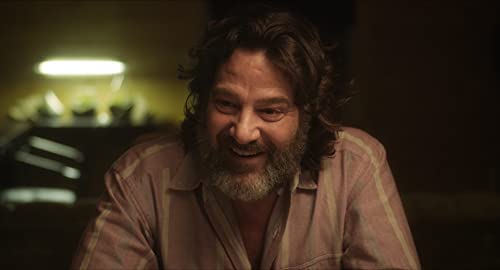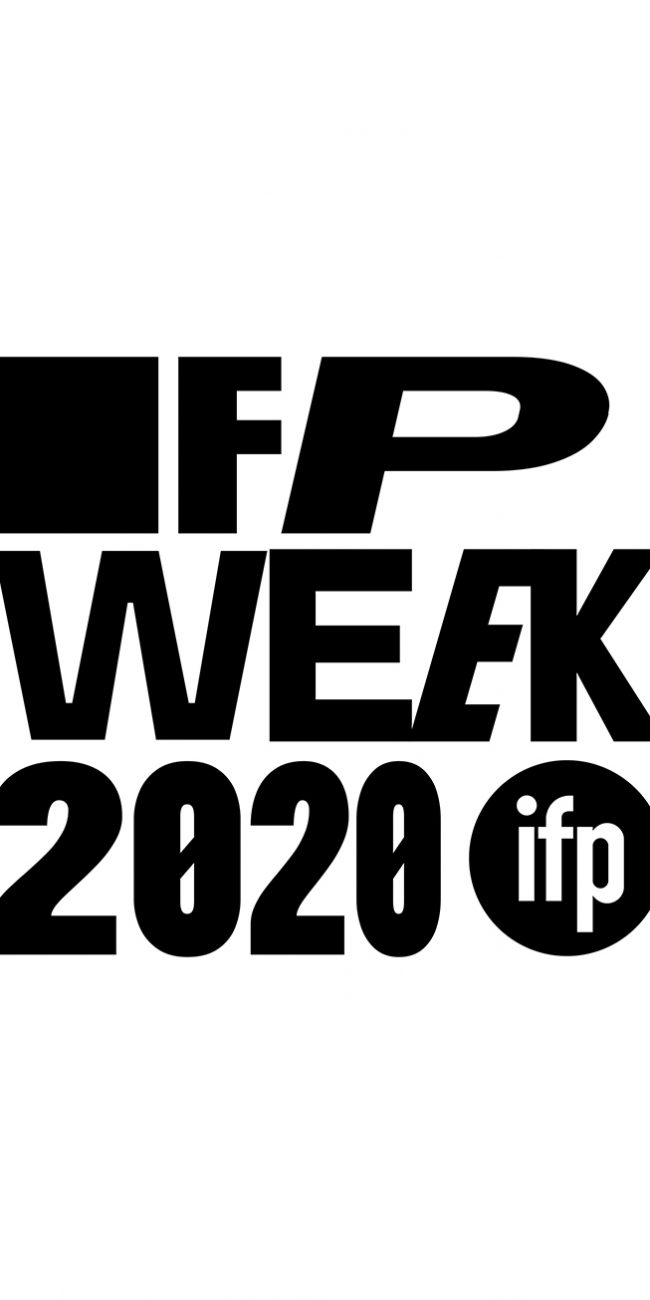Brent Chesanek Loves The Sound Department of Shotgun Stories
The textbooky adage about sound making or breaking a low-budget film is well known. Most low-budget films that avoid sound problems do so by being merely adequate or somewhat professional. For the team working on Shotgun Stories, however, sound is an avenue to excellence, and a necessary one at that—the film would not work with anything but exceptional audio. Shotgun Stories is what I love in the cinema: an intricate braiding of sound and images over time. I love that this film is absolutely impossible in any other form: a script; a novel; a play; a plot summary; character breakdowns; anything. Much has been said of the film’s images. Let’s talk about the sound.
Yet because of how wonderfully this film works, we cannot ignore the images when considering the sound. In preparing this article, I tried listening to the film without watching it, but the sound kept pulling me back to the images. This characteristic recalls Bresson, who wrote that sound is the surest way to reach the emotional core of an audience. In listening, I couldn’t help watching, and not for mere comprehension but rather for enlightenment, enrichment, and exhilaration. I constantly struggled to focus on the article instead of on the film itself. Of course, this is a great accomplishment for the sound department. More impressively, it’s the sound’s restraint that draws us in; a minimal rumble of nature, voices, drones, and collisions suggests we’d be wise to listen closely, and thus wise to watch closely.
Hayden Jackson’s work is exquisite. His raw sound was used for the majority of the final mix and its authenticity is vital. Ben Nichols’ compositions with Lucero also stand out. The rest of the sound team throughout production and post matched these standards of excellence, all contributing to the film’s phenomenally distinct moods and tempos.
The sound track is spacious, controlled, and beautifully nuanced. During the film’s musical interludes, none of the soundscape’s other elements fade away. A shot of lily pads accompanies Lucero’s score, but the team also added a touch of crickets chirping, and even below that, we can just barely make out the sound of rainfall or perhaps the faint lapping of water on a shoreline. Everything is nearby, within our periphery, even if we can’t pinpoint it. This design stylistically matches the film’s plot in that events off-screen drive so much of its narrative. Not everything is direct, but it’s all here, and the impact of the film, its setting, events, and characters are that much stronger. We as viewers adapt to the idea of certain elements lingering beyond our perception, and we soon realize that there is more here than the filmmakers need to reveal. Not everything needs to be fleshed out to be effective. In the soundtrack too, it is this spaciousness that adds density.
Shotgun Stories is constructed on a series of motifs: brothers, mothers, deaths, fights, trucks, basketball. The sound is no exception. Lucero’s score is built on a recurring melody. Boy’s stereo continually blasts on and off. And despite only one shotgun firing throughout the film, shotgun-esque sounds of truck doors slamming shut are a constant presence. Like gun blasts, these noises are disruptions to the quiet peacefulness of the landscape, a quietness set up in the first frame countered by the violent undertones in seeing Son’s back. The brothers drive back and forth across town to confront each other, anger and hate billowing up within them, each one pushing himself to just before his breaking point, then motoring off until the next series of door-slams. Think of all the confrontations, starting with the funeral scene. How many car doors do we hear being closed during the film? I counted around forty-eight. Nearly every one of the confrontations in the film features door slams.
This kind of design greatly enhances the film’s ability to unfold in a layered, churning fashion. Revolving sounds and rhythms subconsciously drive Shotgun Stories for the viewer, offering a distinct mode of grasping the story’s emotional tones. The sound team’s work finalizes the film’s style of repetitive minimalism that builds into a sweeping and gorgeously constructed mood piece.
So for me, Joshua Adeniji, Randy Babajtis, Dhyana Carlton-Tims, Jason Dotts, Brent Findley, Jason Gaya, Brennan Gerle, Jerry Gilbert, Kevin Gradnigo, Chad J. Hughes, Hayden Jackson, Richard Kitting, Andrew Morgado, Ben Nichols & Lucero, Chris Waldorf & Pyramid, the cast of the film, Steven Gonzales, Jeff Nichols, and anyone else who had a hand in creating the soundscape, all deserve recognition for stylistic and technical ingenuity.
— Brent Chesanek












Xmliqq2012
バーバリー
バーバリーマフラー
バーバリー財布
バーバリー アウトレット
バーバリーバッグ
ティンバーランド
ティンバーランド ブーツ
ティンバーランド 靴
ルブタン
クリスチャンルブタン
グッチ
グッチバッグ
グッチ 財布
ノースフェイス
ノースフェイスアウトレット
モンクレール
モンクレールアウトレット
モンクレールダウン
ティンバーランド
ティンバーランド ブーツ
ティンバーランド 靴